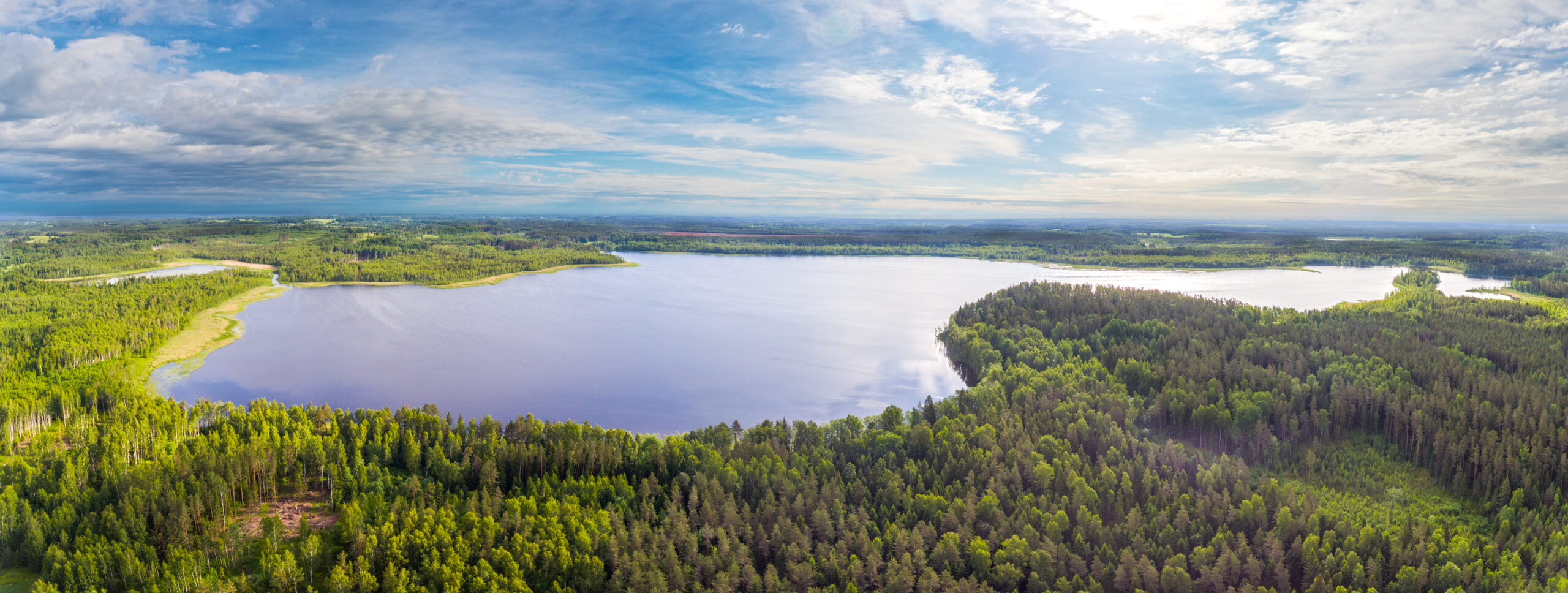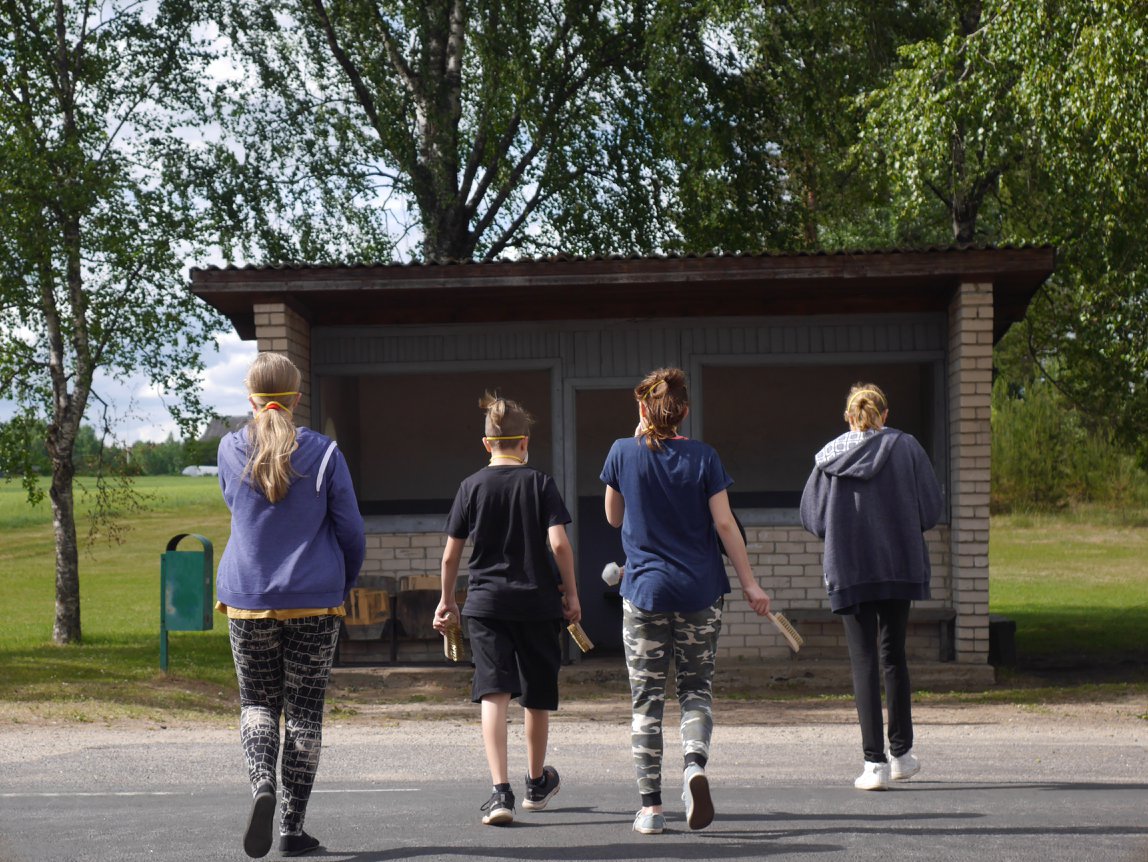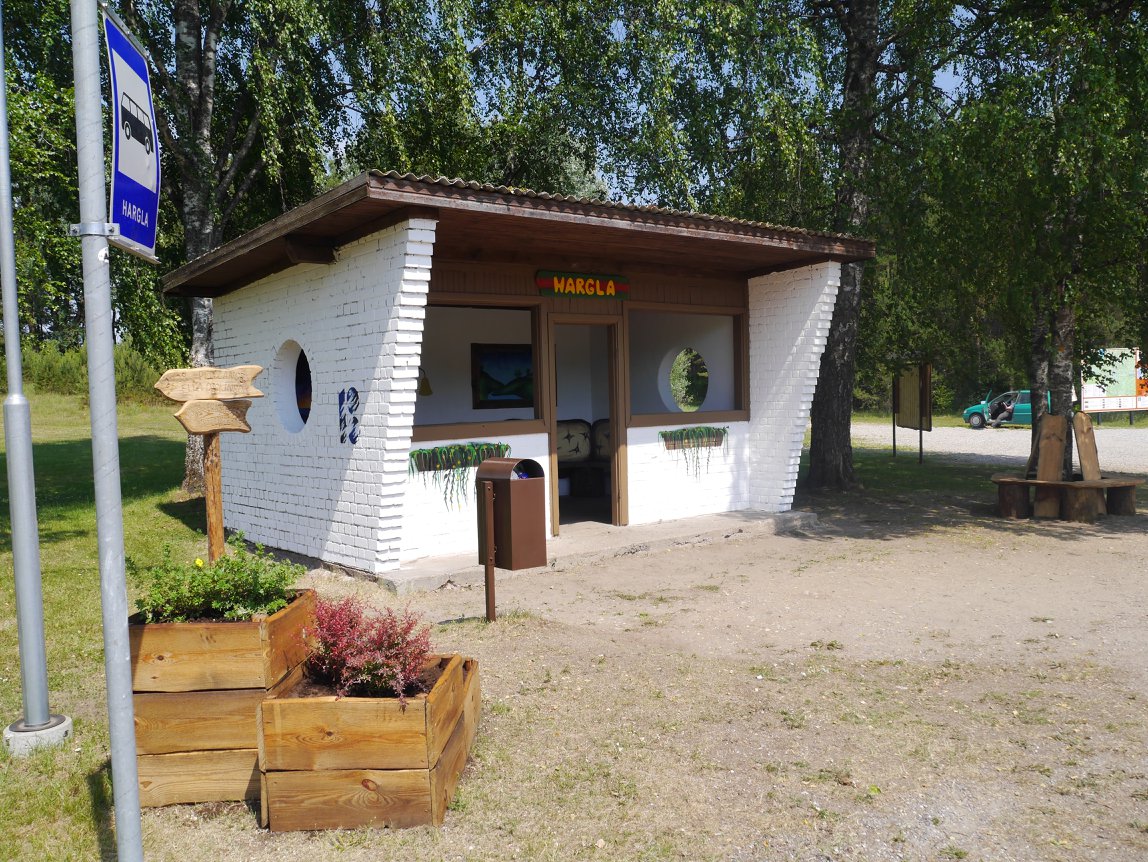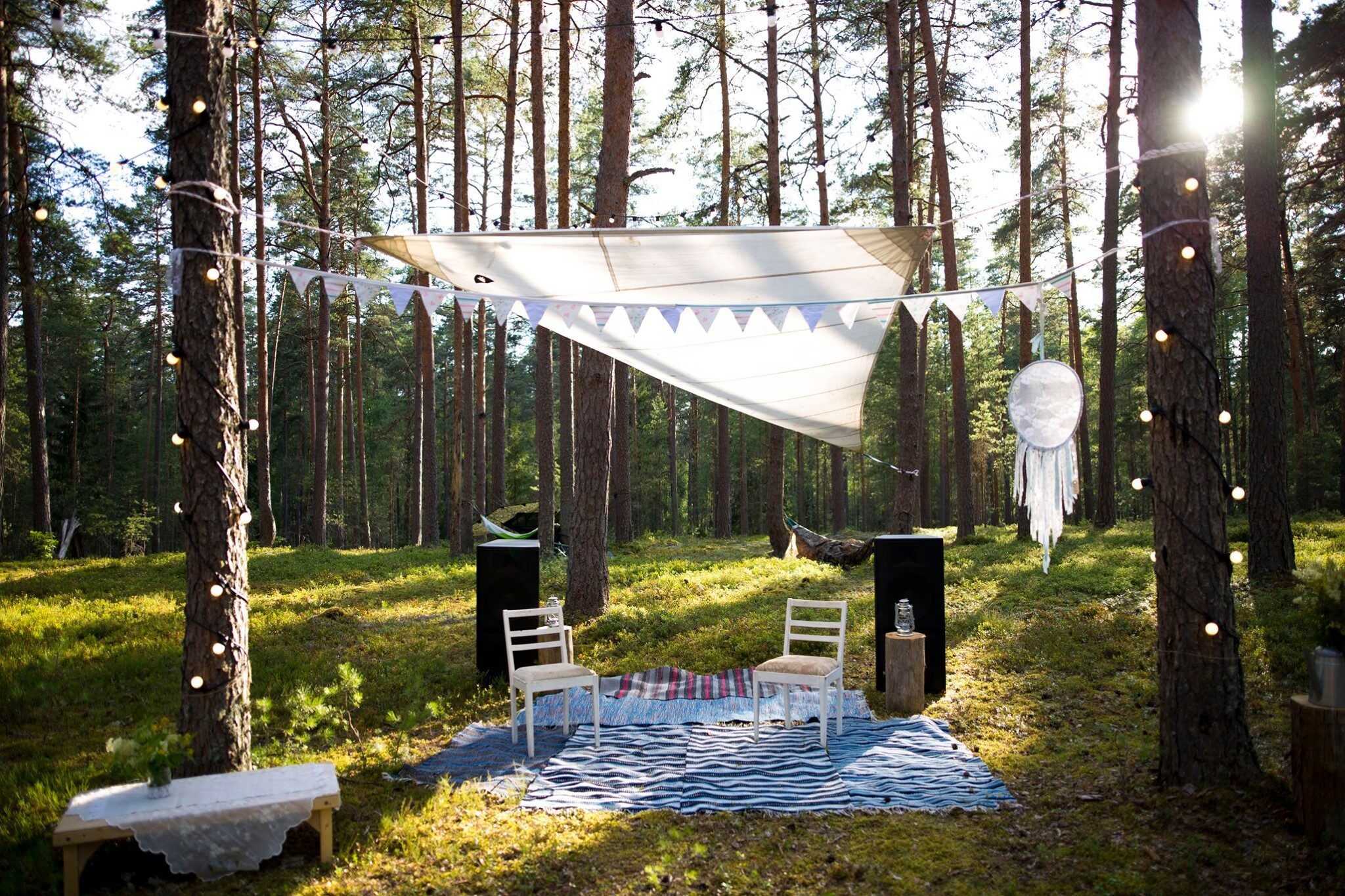In Taheva, the will and feeling – exactly that sense of community – is shared enough!
´
According to the nature of Estonians, the inhabitant of Taheva is modest, but at the same time incredibly insistent and hardworking. As if by the way, he survives the harsh winter weather and bad road conditions, and where he sees a mistake to complain about, he puts his hands on to help. He respects his neighbour and traditions, does not consider it much effort to bring farm butter and prescription medicine from the city to his neighbor old lady or to get his hands dirty at village communal working days. He is genuine and honest, our own and firm. He cares, cares for himself, his family and home, his village and community. He creates and changes the world, takes charge and, if necessary, helps.
Yes, Estonia starts right here, right on the banks of the beautiful border river Koiva, where, according to the customs of Old Võrumaa, real life is still lived. Straight from here, where there are the most beautiful pine forests, mysterious mushroom sites, green meadows and magical sunrises. This is the place where the concert of crickets on foggy August nights reaches even louder than the hustle and bustle of the city, where wild strawberries, even sweeter than sugar, delights the picker. Here we live in nature and with nature, here we are scattered and at the same time we live so close together, with each other. We know each other here, we don’t walk by each other.
If necessary, we get together. So that the parties could be held, that the work could be done, that the ideas could be imagined big and grown bold. Everyone is needed, can’t go on without a single one. People here are priced in gold, young and experienced create our story together. We have people who can play around with hyper-super modern technology with an ease, those who know how to create maximum value with project grants, those who come with work gloves on their hands, when it is necessary to set up a midsummer fire in the village or clean the road ditches from garbage. We have visionaries, musicians, artists, craftsmen, novice young and nimble ladies. We value our neighbors from Karula and Mõniste, because you can’t do without them in countryside. Together we look forward to welcoming guests, together we welcome new residents, together we promise to be of good support to you, good people interested in countryside life, if you decide in our favor.
You don’t have to regret when you decide to come. Here you can fulfill yourself, change the world even it is in a small way, to even more special, just like yourself. Do you know how good it feels to sit down together and talk after a communal working day? How does it feel to have a science fiction idea of a village fair comes true and hundreds of people find their way to your little home village to experience this miracle? When the autumn sun shines in through every ancient church window to illuminate the bright white new church floor, which has been completed with the help of many donators? When the regional development plan compiled by the villagers will last in the course of time and will start creating history? When the people get together to make that, the most delicious dish from zucchini together, or to fish for a roach in the exact right size from the dark streams of the Mustjõgi River on a Fish day? How good does a simple pea soup taste after a working day on changing the roof of the bus shelter? How silky do volleyball courts feel like if you fill them with sand yourself and smooth them with a rake? How special are the folk costumes of Hargla, worn by the beautiful local dancers on the background of the Midsummer fire, and how does the village swing squeaks when given a boost at midnight? How devout it feels to watch the children perform on the old, worn out stage in Võru language, or how proud does the community feel when the mini-company of Hargla School returns home from a big competition with a great victory again?
Surely you have a presentiment of these things, you recognize them. Life and people here are genuine and honest. By walking barefoot, the head is kept clear and the health good, because that is how the courage to think big and to follow an uncomfortable path in case of trouble comes and remains. But the road is definitely going uphill here, because here is no fear of falling or making mistakes, to be and live in a own way.
Presentation of Taheva region
Taheva region (comparable to the areas of the former Taheva municipality) is located in the southern part of Valga county and is part of Valga municipality after the administrative reform. Historically, it is a part of the former Hargla parish in Old Võru County. The neighbours are the Karula region to the north and east, the Mõniste region belonging to Võru county and Rõuge municipality to the southeast, and the Republic of Latvia to the south and west.
There are about 700 inhabitants in the area and it covers 204.7 square kilometers. There are 13 villages in the Taheva region, the largest of which is Hargla with 167 inhabitants, followed by Koikküla with 144 inhabitants and Laanemetsa with 84 inhabitants.

The villages in Taheva region: Hargla, Kalliküla, Koikküla, Koiva, Korkuna, Laanemetsa, Lepa, Lutsu, Ringiste, Sooblas, Taheva, Tsirgumäe, Tõrvase.
The administrative centre of the municipality is located in the city of Valga (32 km from Hargla, 18 km from Koikküla). The city of Võru is 51 km from Hargla and 65 km from Koikküla, Tartu is 112 km and 104 km respectively and Tallinn is 270 km and 255 km respectively. The most important connecting highway is the Valga – Võru road passing through the area.
Much of the area is covered with forest. The forest has historically become the greatest natural wealth in the Taheva region. Entrepreneurs in the Taheva region are mainly active in agriculture, the wood industry and services.
History
Taheva’s name is a modernized spelling of the place name Taiwola, which was known in the middle of the 17th century. As a manor that arose in Livonia and that connected the chain of Gaujiena, Taheva, Karula, Antsla and Otepää manors. Prior to the emergence of independent countries, this area was the interface between the Estonian and Latvian languages of the Livonian Province. The parish division according to nationalities arose there at the end of the 17th century.
Before the formation of Hargla parish in 1694, the areas around Taheva belonged to Koivalinna (Gaujiena) parish. From the beginning of the 19th century, it belonged to the Wulf family for more than 100 years. In 1907, the neo-baroque main building was completed, which was destroyed in World War II in 1944.
During the tsarist government, this area belonged to the Võru district. The first maps about land purchased by Estonians from manors in Taheva municipality date back to 1867. Initially, Taheva municipality was formed from Hargla church manor and Taheva manor, and Laanemets municipality was formed from Laanemets manor and Koikküla manor, but later these two rural municipalities were merged into one Taheva municipality. After the administrative reform that took place in 2017, the former Taheva municipality belongs to Valga municipality.
The most important heritage protection objects are the Hargla church and cemetery, the former Hargla tavern building and the buildings of Taheva manor in the village of Tsirgumäe. Hargla folk costumes are also known.
Nature
The Taheva area is naturally located on the edge area of the Karula dome-landscape. The landscape is characterized by moraine-covered hills and ridges. In the south are located groups of hump mounds with a peculiar ridge relief, and between them are melting pots of large ice banks in which lakes, swamps and sand dunes are located. The higher domes are 100-115 m above sea level. The Hargla Basin is a lower area (50–60 meters above sea level) between the Karula and Haanja uplands, which joins the extensive shallows in the middle of the Koiva River.
There are a total of 14,180 ha of forest land in the region, of which more than half – 7,730 ha belong to the state. 67% of the territory is covered with forest. The forest has historically become Taheva’s greatest natural wealth. Natural resources include sand, gravel and clay.
The quality of arable land is low. If the average in Estonia is 43, in Valga County 40, then in the Taheva region only 34 points. Therefore, the territory has never stood out with intensive agriculture. Much of the land is at risk of erosion.
The Taheva area is crossed by the river Koiva (52.5 ha) and the Mustjõgi river (30.2 ha), which are very popular among water hikers. These rivers flow in wide but shallow floodplain valleys, which are flooded with a width of almost 1 km during spring high water. Rivers and streams (Arujõgi, Hargla stream, Koiva river, Mustjõgi, Kallioja, Kima stream, Laanemetsa stream, Pauna stream, Sette stream, Taheva stream, Tõrvas stream, Ujuste stream) all remain in the Gulf of Riga basin. There are twelve lakes, the largest of which is Lake Aheru (234 ha). The lakes (Aheru, Mäeräimejärve, Laanemetsa Savijärv, Kuusaare, Alumati, Aheru Mudajärv, Kiivite, Pügeri, Pärtli, Nigle, Väike-Mäeräime) belong to the Koiva sub-basin. There are plenty of small swamps.
The Koiva-Mustjõgi Landscape Protection Area and the Koiva-Mustjõgi Meadow Conservation Area are located on the territory of the area. The most important nature protection objects are the parks of Koikküla, Taheva, Laanemetsa manors, Püha Pettai in Hargla village and a botanical protected area with an area of 170 ha by the Koiva River, established in 1957.
Some interesting facts about Taheva area
- „Night fair” of Kotus (Kotussõ „Uma üülaat”) is the joint star event of the year for Taheva, Karula and Mõniste areas. First „Night fair” took place in the summer of 2019, there were almost 800 visitors. Second „Night fair”, in 2020, had already almost 2 400 visitors.
- Traditional events in Taheva area are village days, Midsummer day, „Mustjõe fishing day” („Mustjõe kalapäev”) and volleyball tournaments in the summer.
- In the beginning of 2019, Taheva Open Youth Centre gained national title „Estonian youth centre of 2018”.
- Student companies of Taheva Open Youth Centre and Hargla School have annually won awards from Valga county student companies’ competition „Nupp Nokib” and from Estonian student companies’ final event.
- Every year since the autumn of 2017, Taheva Open Youth Centre has had a European volunteer from ESC-programme.
- In the 2019/2020 academic year, Gaia class (alternative teaching method) was opened at Hargla School;
- Area has their own development strategy document – Village development strategy document of Taheva area 2019-2023.
- You can find an active ecovillage in Taheva area – NGO Parmu Ecovillage (MTÜ Parmu Ökoküla).
- On the top of former narrow-gauge railway roadbed, you will now find a hiking trail called „Green Railway” („Rohelised Rööpad”).
- In Tsirgumäe village, near the river Mustjõgi, you will find a wooden observation tower (Tellingumäe vaatetorn) from where you will have a wonderful view of the river Mustjõgi. Nearby you will also find National Geographic’s yellow window.
- Hargla (Sarupalu) cross forest can be found in the area.
- In Taheva area you have the opportunity to experience five different seasons – the fifth one is the high-water season of the of rivers Mustjõgi and Koiva. The width of rivers is normally between 15-30 meters, but during the high-water season, on some years, it can be more than 1 kilometre.
- Main Spindle tree growing places in Taheva area can be found near the Koiva river.
- A rare bird, the European roller, nests in Taheva area, in Estonia.
- More than 30 different fish species can be found in the river Mustjõgi.
- The most famous Southern Estonian folk healers of the 20th century, the Surid (Taits family), lived in Taheva area.
- Taheva area is the birthplace of the famous politician Tunne Kelam, recognized Estonian-Latvian and Latvian-Estonian translator Valli Helde and the grand old lady of the Estonian children’s music and music teacher Ave Kumpas. Also, area has connections with Indrek Hargla (writer) and Uno Kaskpeit (Member of XIV Estonian parliament).
Taheva area on TV or video
- High-water season on the river Mustjõgi (2021) – https://www.youtube.com/watch?v=rMWXIGC5CBs
- Hargla Church in the TV show “Tähendamisi” (2021) – https://etv.err.ee/1608115411/tahendamisi
- NGO Parmu Ecovillage winter forestry work with horses in the TV show „Maahommik” (2021) – https://etv.err.ee/1608115507/maahommik
- Kotus area late autumn movie clip „… a good place in Valga and Võru counties…” (2020) – https://www.youtube.com/watch?v=8w-nJYnI1C4
- Adventures of Nipernaadi in Valga parish (2020) – https://www.youtube.com/watch?v=NL0NRJUm7fw
- TV show „Maahommik” in Taheva area (06.03.20) – etv.err.ee/1054857/maahommik
- Hargla School and Taheva Open Youth Centre student company in the evening tv news show „AK” (07.03.19) – https://www.err.ee/917935/valgamaa-opilasfirmad-pakuvad-peamiselt-okokaupa-ja-puidust-tooteid
- Kotus Christmas movie (2019) – https://www.youtube.com/watch?v=yiP80fRbY24
- Come as you wish (2018) – https://www.youtube.com/watch?v=HFD82bSULxk
- Taheva parish Mother’s Day concert 2017 in Hargla church – https://www.youtube.com/watch?v=4fs1hnUDQ2M
- Taheva parish village day 2017 – https://www.youtube.com/watch?v=i6-Pb0QIDqY
- High water season on the river Mustjõgi in Spetember 2017 – https://www.youtube.com/watch?v=nSo3oZPRAOU
- Hargla 2016 – https://www.youtube.com/watch?v=O0o4OEVHEUA
- Müstiline hommik jõeluhal 2015 – https://www.youtube.com/watch?v=NWAzHJ121l4
- Village stories of Valga county (2012) – https://www.youtube.com/watch?v=ZYZiM4LR3eA&feature=youtu.be
´
Taheva area online
- Valga parish homepage – www.valga.ee
- Hargla School homepage – www.hargla.edu.ee
- Hargla School Facebook page – www.facebook.com/harglakool
- Gaia class of Hargla School Facebook page – www.facebook.com/Hargla-Kooli-Gaia-%C3%B5ppesuunaline-klass-103984230990122
- Taheva Open Youth Centre Facebook page – “Taheva valla noored”
- Parmu Ecovillage homepage – parmu.ee/%C3%B6kok%C3%BCla/
- Villages of Taheva parish homepage – tahevakylad.weebly.com/
- SA Taheva Sanatoorium – www.sats.ee/
- Facebook page “Old pictures of Hargla area” – https://www.facebook.com/Hargla-kandi-vanad-pildid-520012774807677/?fref=ts
- Facebook page “Saru lumber factory through times” – https://www.facebook.com/sarulauatehas/?fref=ts
- Taheva, Karula, Mõniste and Ähijärve areas joint info and tourism pamphlet – www.kotus.ee/kulalisele/kaart/
Used sources:
- Photos – Arvo Meeks, Ülla Tamm, Kertu Teemägi, Auli Plakk ja Rasmus Onkel
- Estonian Statistics – http://www.stat.ee/ppe-taheva-vald
- Map of Estonian Parishes – Taheva parish – By Mmh – Üleslaadija oma töö, CC BY-SA 3.0, https://commons.wikimedia.org/w/index.php?curid=8390357
- Taheva parish development strategy document 2014-2023
- Villages of Taheva parish homepage – http://tahevakylad.weebly.com/
- Wikipedia – https://et.wikipedia.org/wiki/Taheva_vald










